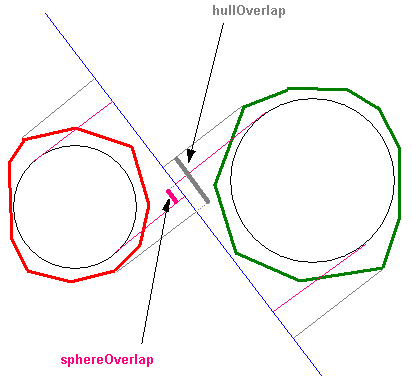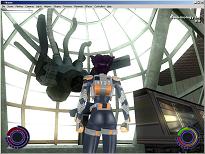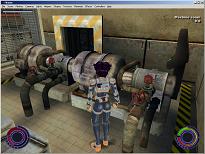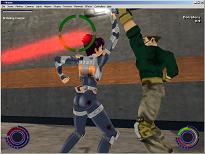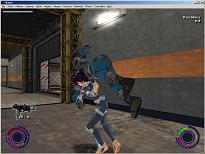The prophet programmer
Friday, September 9th, 2011It seems there is one in every team. He is living by the book, following the rules to the letter. He considers himself bright and smart because he always knows the latest trends, the latest official Right Way to write things according to the C++ Standard. He follows it religiously, even the new rules not implemented yet by any compiler. And he looks down on you if you do not write “proper” code. He is the prophet. The Book is right. You must follow the rules.
His zealotry has no limits. He will conscientiously rewrite your “illegal” C++ when you are not looking. For your own good of course.
He will go and meticulously replace all your “i++” with “++i” in your vanilla integer for-loops.
He will go through incredible hoops to get rid of a lonely “goto”, used to skip a large block of code and jump to your function’s epilogue.
He will use unreadable, cryptic, unbelievable templates to replace your simple define, because “define is bad”.
He will tell you with a straight face that he went ahead and replaced all the “NULL” in the codebase with “0″ or “nullptr”, because “NULL is bad C++”.
He filled his head with many of those mantras, and he is obsessed with them. They are the rules. They must be followed.
Well, my dear prophet programmer, I have news for you: you are not bright. You are not smart. You are not clever. You’re a fucking robot. It does not take a genius to blindly follow recipes from your cookbook. You are a brain-washed moron doing a machine’s job. If you blindly follow the Standard, you end up with standard code, which by definition anybody can write.
The best programmers are not the ones blindly following anything. They are exactly the opposite of you. The best programmers are the ones who know when rules should be bent, when boundaries should be broken, and when envelopes should be pushed. The best programmers are the ones who, constantly, on a case by case basis, hundred times a day, stop for a moment and think about how to best solve a problem. They are not the ones turning off their brain to follow a recipe. They are not the ones trying to fit a preconceived solution (design pattern?) to everything. If a preconceived solution solves your problem, it was probably not really a problem worth solving - that is, it is such a common and tired issue that anybody can look up a standard answer in a book. How does solving such a thing in such a way makes you “smart” ?
The best programmers are creative. They have a big imagination, and they are not afraid to use it. They borrow techniques from one field and apply them successfully to an apparently unrelated field, discovering subtle links and connections between them in the process. They are never satisfied with the status quo.
The best programmers, the heroes, the top coders, like Nick of TCB did with the sync-scrolling eons ago, are the ones who invent new techniques to solve problems that nobody solved before them. By definition they are not standard. They are the very opposite of what you preach.
